IOPS®
Intra-Operative Positioning System
A New Way to Envision Endovascular Navigation
The Intra-Operative Positioning System by Centerline Biomedical is an innovative, 3D GPS-like surgical navigation and visualization technology that improves endovascular procedure outcomes and reduces radiation exposure.
YESTERDAY
X-Ray Fluoroscopy
- Current “gold standard”
- Used in 4 million procedures per year
- Low-quality 2D Image Guidance
- Relies on harmful radiation and contrast dye
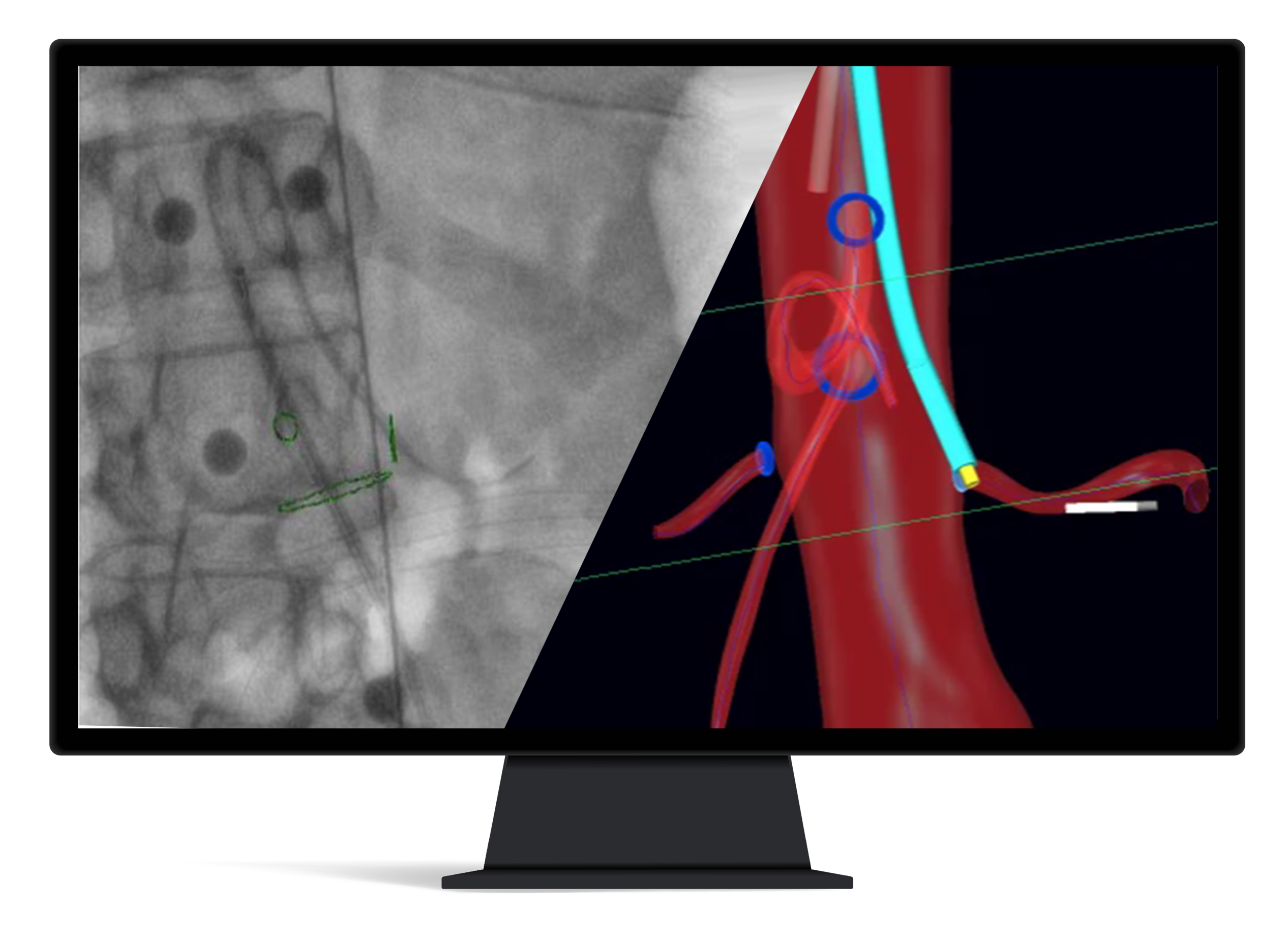
TODAY
IOPS® Navigation
- Interactive navigation with real-time positioning
- High-quality 3D Image Guidance
- Portable system
- Decrease radiation exposure
YESTERDAY
X-Ray Fluoroscopy
- Current “gold standard”
- Used in 4 million procedures per year
- Low-quality 2D Image Guidance
- Relies on harmful radiation and contrast dye

TODAY
IOPS® Navigation
- Interactive navigation with real-time positioning
- High-quality 3D Image Guidance
- Portable system
- Decrease radiation exposure
YESTERDAY
X-Ray Fluoroscopy
- Current “gold standard”
- Used in 4 million procedures per year
- Low-quality 2D Image Guidance
- Relies on harmful radiation and contrast dye

TODAY
IOPS® Navigation
- Interactive navigation with real-time positioning
- High-quality 3D Image Guidance
- Portable system
- Decrease radiation exposure

IOPS® ADVANTAGE
Time Reduction
A recent in vitro study found that, overall, the mean time necessary to cannulate a given vessel using 3D navigation was 53.4% of the time necessary using traditional 2D navigation, indicating a time savings of 46.6%
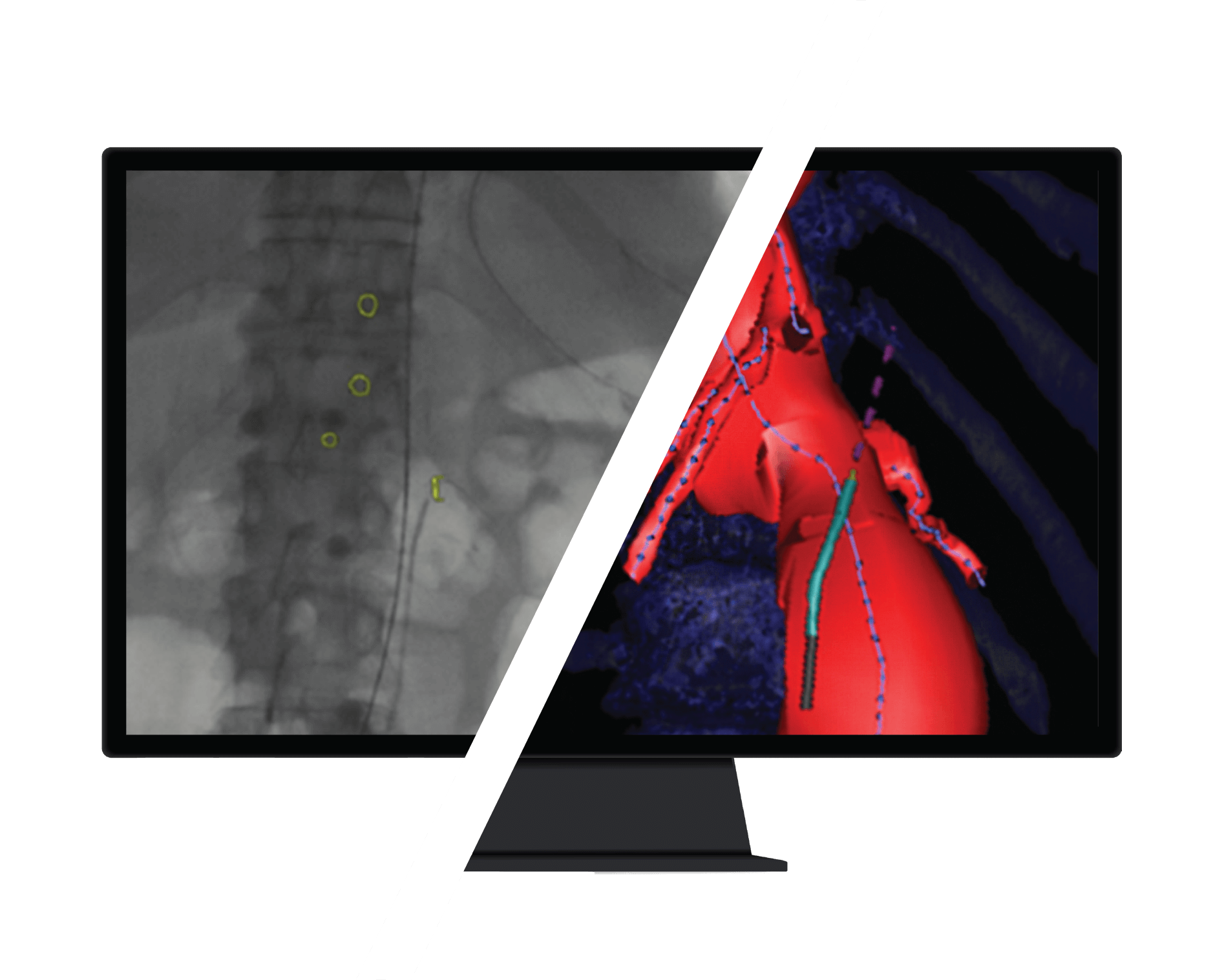
IOPS® ADVANTAGE
Improved Visualization Leads to Better Outcomes
Patient outcomes are improved as we reduce procedural times with better visualization, greater control, and real-time position navigation data.

IOPS® ADVANTAGE
Mitigate the Growing Risk of Radiation Exposure and Contrast Dye
As endovascular procedures become more complex, the risk of radiation exposure continues to increase.

%
Display significant posterior subcapsular lens changes, a precursor to cataracts 1

%
Of self-reported brain tumors in interventionalists originated on the left side of the head, the area closest to the radiation source 2

%
Incidence of spine issues after 21 years in practice, a result of wearing heavy radiation protection apparel 3

%
Of interventional cardiologists miss work due to orthopedic issues 4
1. Vano E, et al. Radiation-associated lens opacities in catheterization personnel: results of a survey and direct assessments. Journal of Vascular Interventional Radiology 2013;2: 197-204.
IOPS Disposables
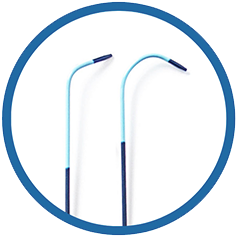
IOPS Viewpoint
Catheters
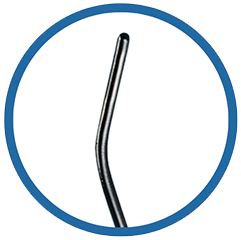
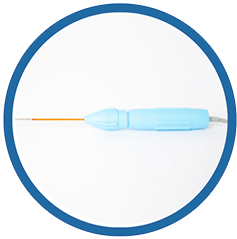
Handle
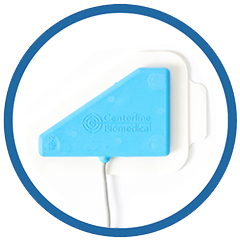
IOPS Platform
IOPS, with the IOPS Viewpoint Catheter is an innovative, 3D GPS-like surgical navigation and visualization technology that is designed to improve endovascular procedure outcomes and mitigate radiation exposure.
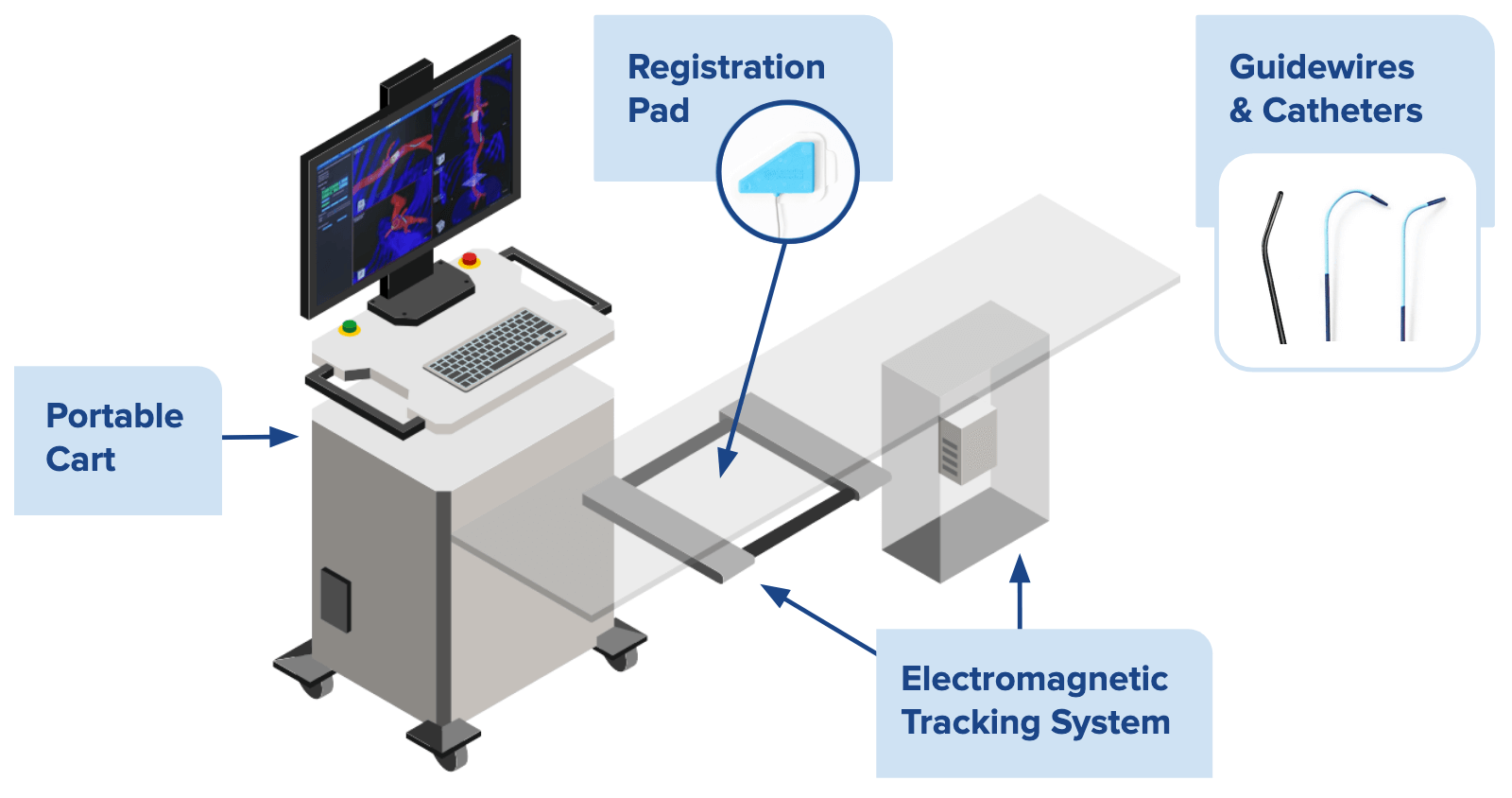
“Compared to standard imaging, we cut the procedural time by more than half during a preclinical study. Especially in complex interventions, every minute counts, and this should translate to the ability to treat more patients at less cost, with a simultaneous increase in precision safety.”
